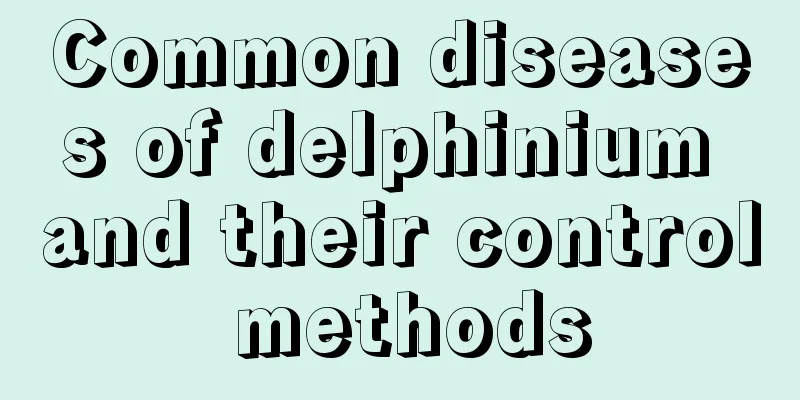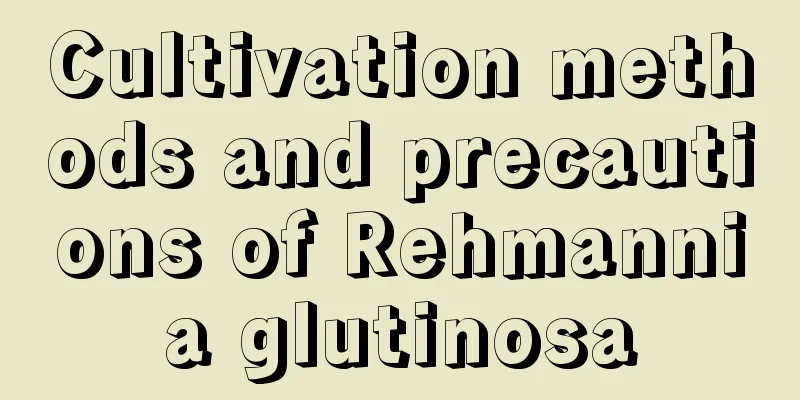Common diseases of delphinium and their control methods

Common diseases of delphinium: powdery mildewSymptomsThe disease affects the leaves and stems of the plant. In the early stage of the disease, white powdery mildew spots appear on the diseased parts of susceptible plants. When the disease is severe, young leaves and shoots curl and growth is inhibited. In the later stage of the disease, small black particles are formed in the mold spots, which are the closed capsules of the pathogen. Disease patternThe pathogen overwinters in ascocarps and produces conidia and ascospores in the spring of the following year. The spores are spread by wind and rain, infecting and harming the host. The disease is more serious in damp and cold seasons. Prevention and treatment methodsReduce the source of infection: After flowering, burn the diseased plants and diseased remains in a concentrated manner. Strengthen cultivation management: Pay attention to drainage of the planting site to prevent moisture. The plants should not be too dense and should maintain good ventilation and light conditions. Chemical control: When the disease occurs, spray 1000 times diluted 50% benomyl wettable powder, or 800-1000 times diluted 15% fenadine wettable powder. Delphinium root collar rot is a devastating disease of delphinium. The pathogen invades the plant through the roots and root collar, cutting off the water supply and causing the plant to suddenly wilt and die. Common diseases of delphinium: black spotSymptomsThe disease harms the leaves, petioles, stems and flowers of the plant, mainly the leaves. The lower leaves of the plant are often the first to become infected. Shiny black spots appear on the front of the infected leaves, and the spots are irregular in shape. The spots on the back of the leaves are light brown. Disease patternPathogenic bacteria overwinter on the soil surface or on diseased leaves. When conditions are suitable in the spring of the following year, the pathogens spread through rainwater, invade through the host's stomata, and cause infection. Seeds can also carry bacteria and diseases. The disease is more serious when there is a lot of rain and the soil is moist. Prevention and treatment methodsManual removal: If diseased leaves are found, remove them immediately and burn them, and cut off old stems in autumn. Chemical control: When the disease occurs, spray 1000 times diluted streptomycin. |
<<: Campanula pests and diseases and control methods
>>: Diseases and prevention methods of hibiscus chandelier
Recommend
The role of azalea in home decoration
The Feng Shui Effect of Azalea From the perspecti...
How to water golden sedge
Watering method during the growing season Golden ...
What is the white paint on the tree?
1. What is The white paint on the trees is usuall...
Agave wintering temperature, can Agave survive the winter?
1. Winter temperature Its origin is in tropical r...
Wheat sowing time
China's main wheat producing areas are concen...
How to grow blue sage
1. Selection of potting soil It has strong adapta...
The time, position, method and measures for pruning peppers
Pepper is a vegetable crop grown in many areas. P...
How many days does it take for green onions to sprout?
Scallions are a common vegetable , especially wid...
How to water Christmas cactus
Watering tips for Christmas cactus Christmas cact...
When is the best season to plant turmeric?
Turmeric planting season and time The planting ti...
The role of the tubercle flower
Ornamental value The ornamental value of the tube...
Hydroponic method of Brazilian iron
Hydroponic techniques of Brazilian iron 1. Cut a ...
Matters Needing Attention in the Maintenance and Management of Bougainvillea in Autumn (Maintenance Methods of Bougainvillea in Autumn and Winter)
When bougainvillea blooms, the flowers are in clu...
How to maintain Huayueye in winter and summer
Winter maintenance methods Under low temperatures...
Is hydrangea suitable for a large or small pot?
Should I use a large or small pot for hydrangea? ...









